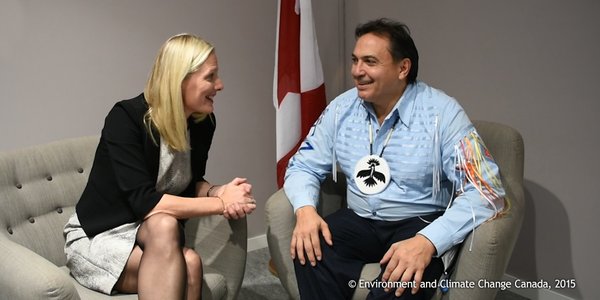Article
Abenaki
Abenaki (also referred to as Wobanaki or Wabanaki) take their name from a word in their own language meaning “dawn-land people” or “people from the east.” Their traditional lands included parts of southeastern Quebec, western Maine and northern New England. As of 2021, the total registered population of Abenaki people on the Wôlinak and Odanak reserves in Quebec is 469 and 2,747, respectively.















